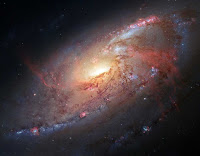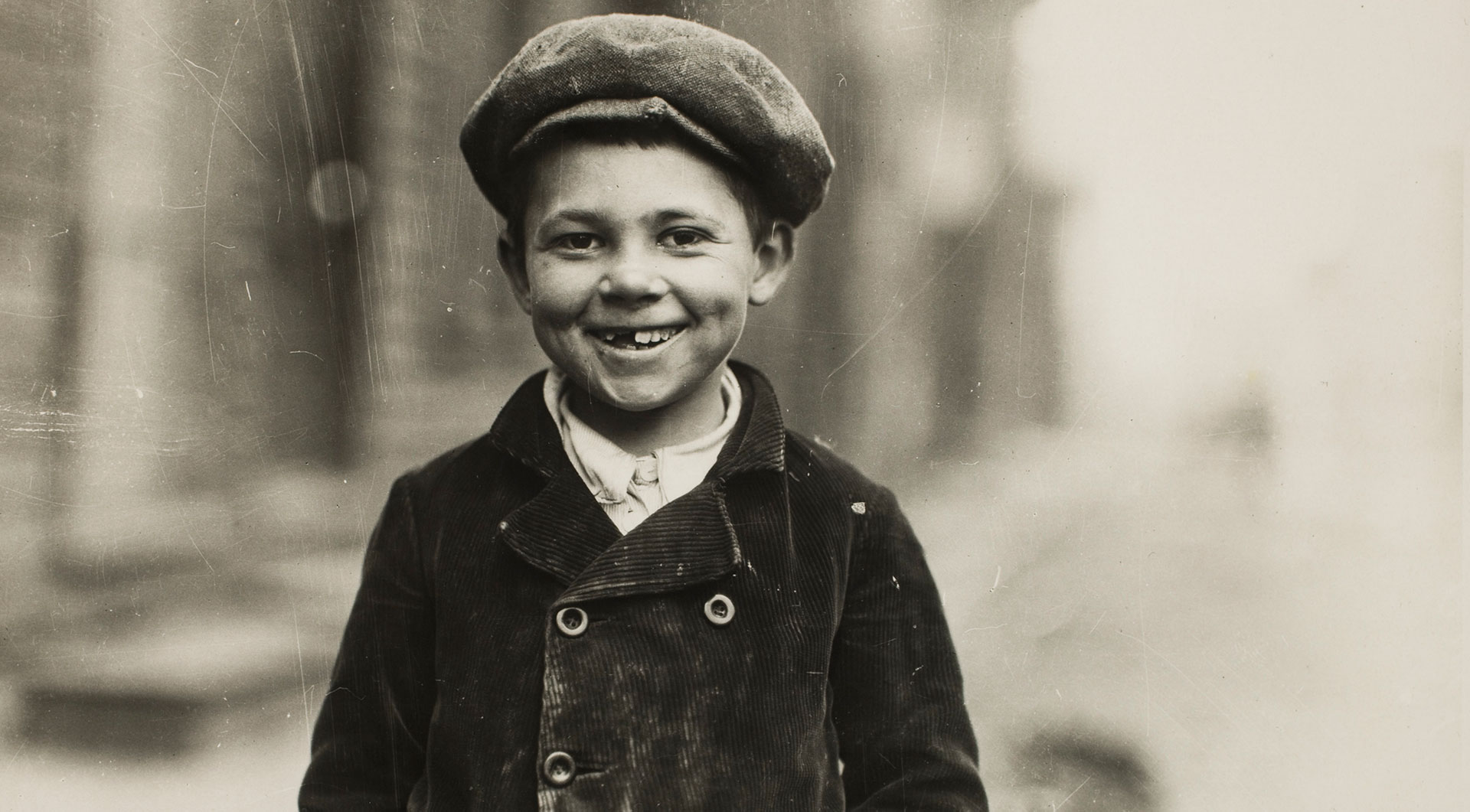Top 5 Photos
Top Five Photos:
Surfing Hippos:
1) I chose "Surfing Hippos" due to the overall blue hue of it. It's very cohesive and attractive to the eye. Plus, hippos are a very rare subject which makes this photo unique.
2) Michael Nichol took this photo while on a trek in Africa. This shot is of a very rare occurrence: hippos swimming in the blue Atlantic Ocean. Most of the time, hippos swim in swamps or an island river; which makes this photo special.
3) In addition to information about the photo, the website also provides a 2 minute clip called
Surfing Hippos:
1) I chose "Surfing Hippos" due to the overall blue hue of it. It's very cohesive and attractive to the eye. Plus, hippos are a very rare subject which makes this photo unique.
2) Michael Nichol took this photo while on a trek in Africa. This shot is of a very rare occurrence: hippos swimming in the blue Atlantic Ocean. Most of the time, hippos swim in swamps or an island river; which makes this photo special.
3) In addition to information about the photo, the website also provides a 2 minute clip called
"Hear Nichols reveal the secrets of his photographs", a map of the route Michael took around Africa, and more images he took while there.
5) Michael Nichol was born 1952 in Alabama. He studied Photography at the University of North Alabama, where he learned under Photographer Charles Moore.
Blind:
1) I chose "Blind" because it makes such an immediate statement. The photo portrays it's message incredibly clearly.
2) Paul Strand took this image without the woman knowing. This photo was took while the nation was experiencing a surge of immigrants and this photo helped promote social awareness. This photo also paved the way for a new form of photography: Street Photography.
3) The website only provides the photo and information about it.
5) Paul Strand was born 1890 in NYC, and he died 1976. He studied at Ethical Culture School and was inspired by one of his teachers Lewis W. Hine to pursue photography.
Pillars of Creation:
1) This photo caught my eye because I've always had an interest in space. Photos of space are always mysterious and beautiful, and they stand out.
2) This photo was taken by NASA's Hubble Space Telescope. The telescope almost didn't come back from taking this photo but it was worth it. The photo is of the Eagle Nebula, and the black area at the top is from the magnification of Hubble's camera.
3) The website additionally provides more photos taken by The Hubble Telescope.
5) The Hubble Space Telescope was launched in 1990, and it currently remains low in Earth's orbit.
Cotton Mill Girl:
1) This image caught my eye because, the very opposite of "Swimming Hippos": I've seen many photos like this before. I've spent lots of time learning about cotton mills and old working conditions in school.
2) Lewis Hine was working as an investigative photographer for the National Child Labor Committee when he took this photo. The subject is a tiny 48 inch girl working at a spinning machine ten times her size. This and many more of his photos influenced the public, and from 1910 to 1920 number of child laborers were practically cut in half.
3) Along with information about the photo, the website also provides you with "the 100 Photos Documentary Short Cotton Mill Girl". The video explains child labor in more depth and eventually talks about "Cotton Mill Girl". The little girl in the photo was actually named Sadie Pfeifer. She was working at a cotton mill in South Carolina. She had probably had worked most of the night. This photo raised the consciousness of society towards child labor immensely.
5) Lewis Hine was born 1874 in Wisconsin. He died in the year 1940. As a kid, Hine worked to help sustain his family, so he never got a proper education. Hine worked many jobs until he became the nature study and geography educator at Ethical Culture School. He was also the school photographer, and one of his students was Paul Strand who was the photographer for "Blind", a photo that I chose earlier.
V-J Day in Times Square:
1) The reason that I chose this photo is because I've heard about it and seen it many times, but until now, I've never heard or read the full backstory before.
2) Alfred Eisenstaedt took this photo when World War II ended on August 14, 1945. He was searching for a photo that told a story, and he got it when a sailor grabbed and kissed a nurse right in front of him. This photo causes controversies, as some think it could be considered a case of sexual assault while others think it captures the joy in life.
3) Other than information about the picture, the website also offers photos of how LIFE magazine covered V-J day in 1945, which is incredibly interesting.
4) V-J Day in Times Square:  Another photo:
Another photo: 
 Another photo:
Another photo: 
5) Alfred Eisenstaedt was born in what is now Poland in 1898. He died in 1995. He studied at the University of Berlin.








Comments
Post a Comment